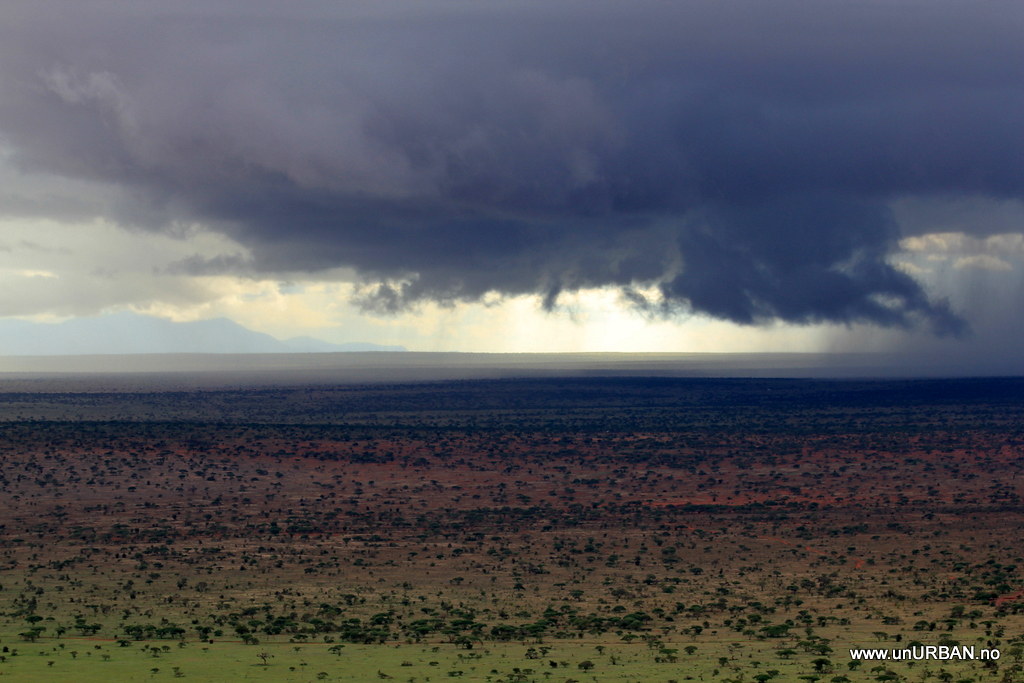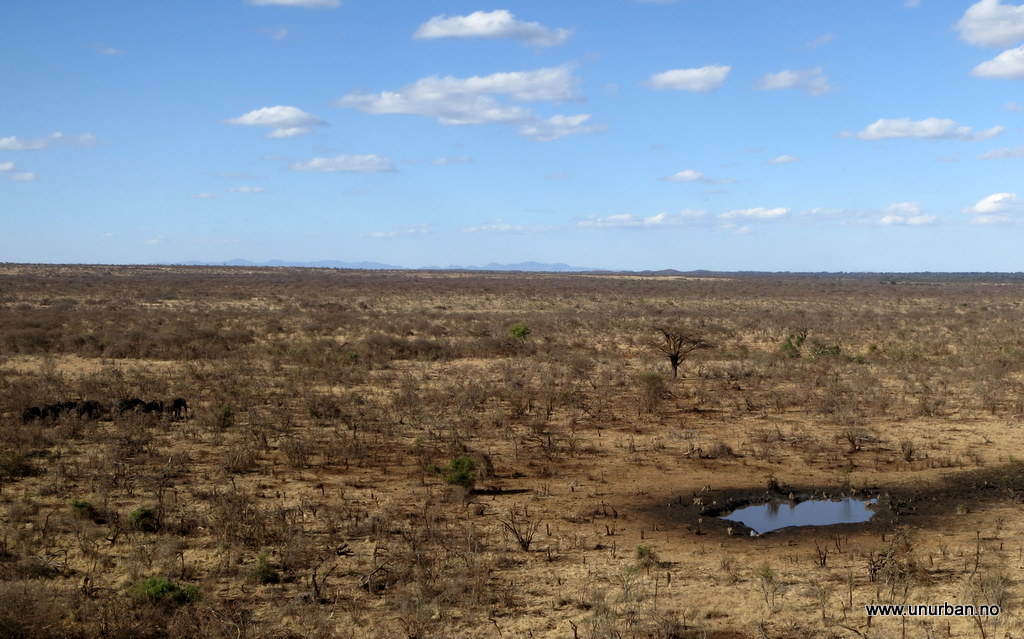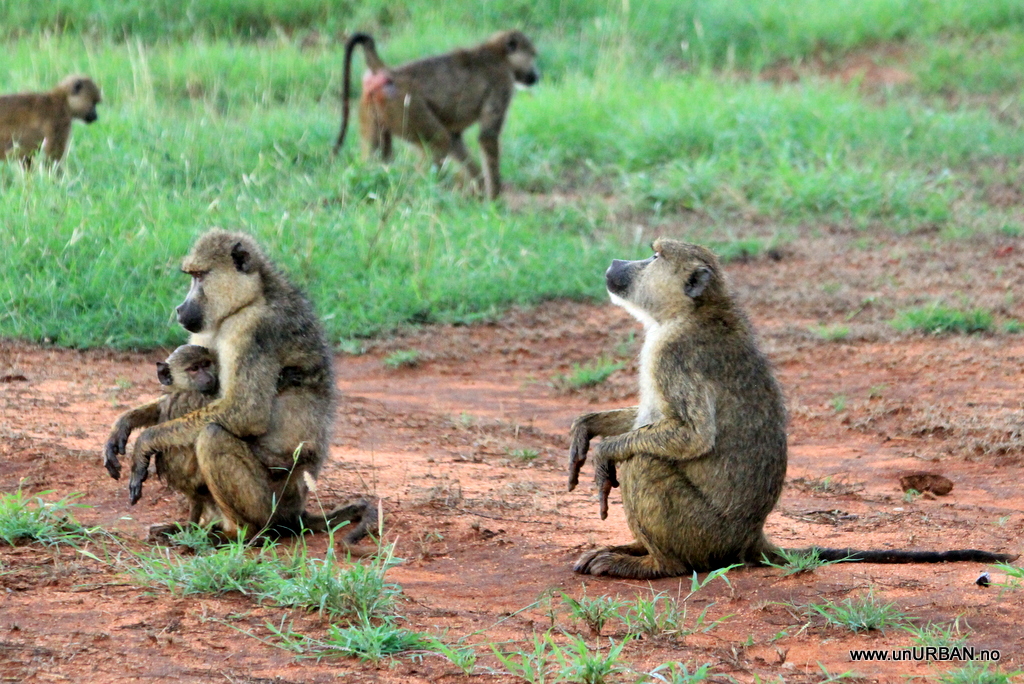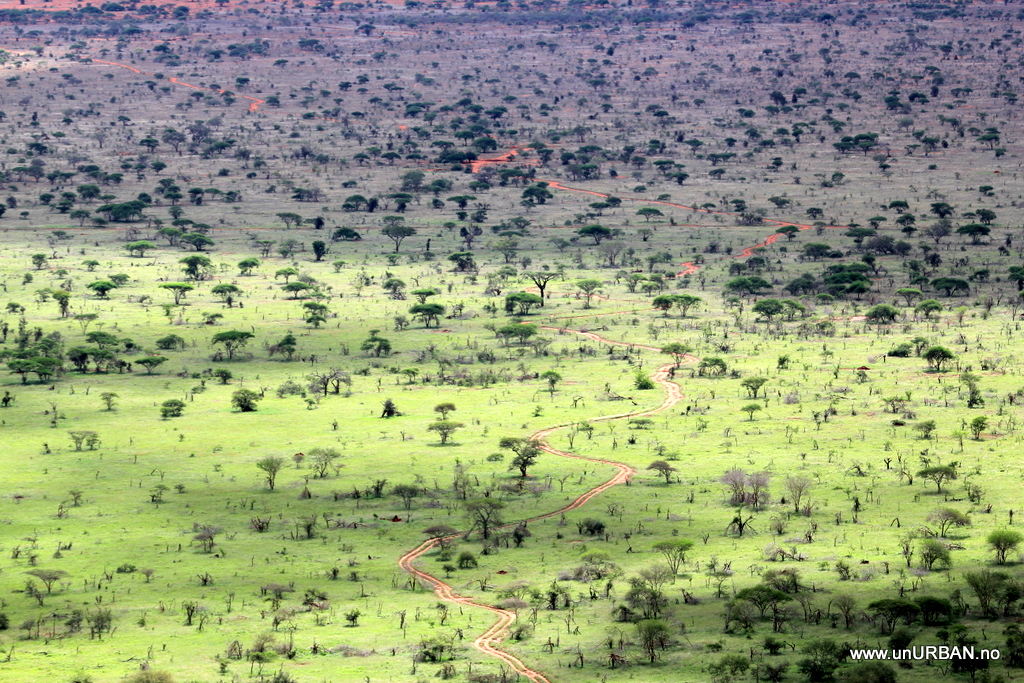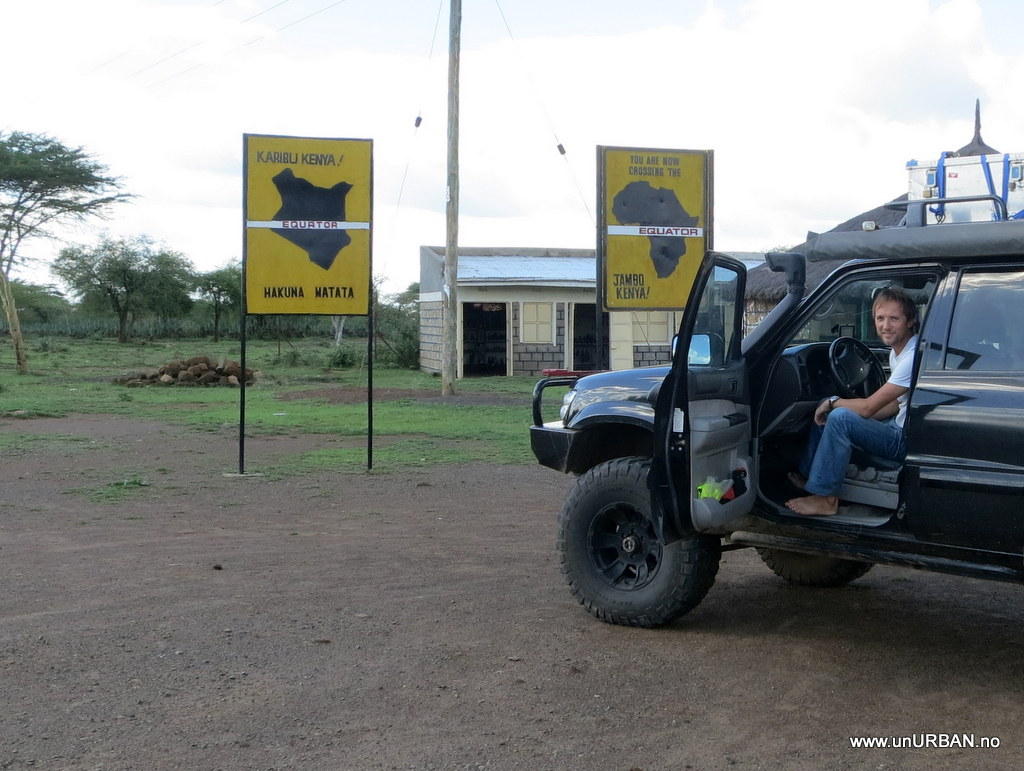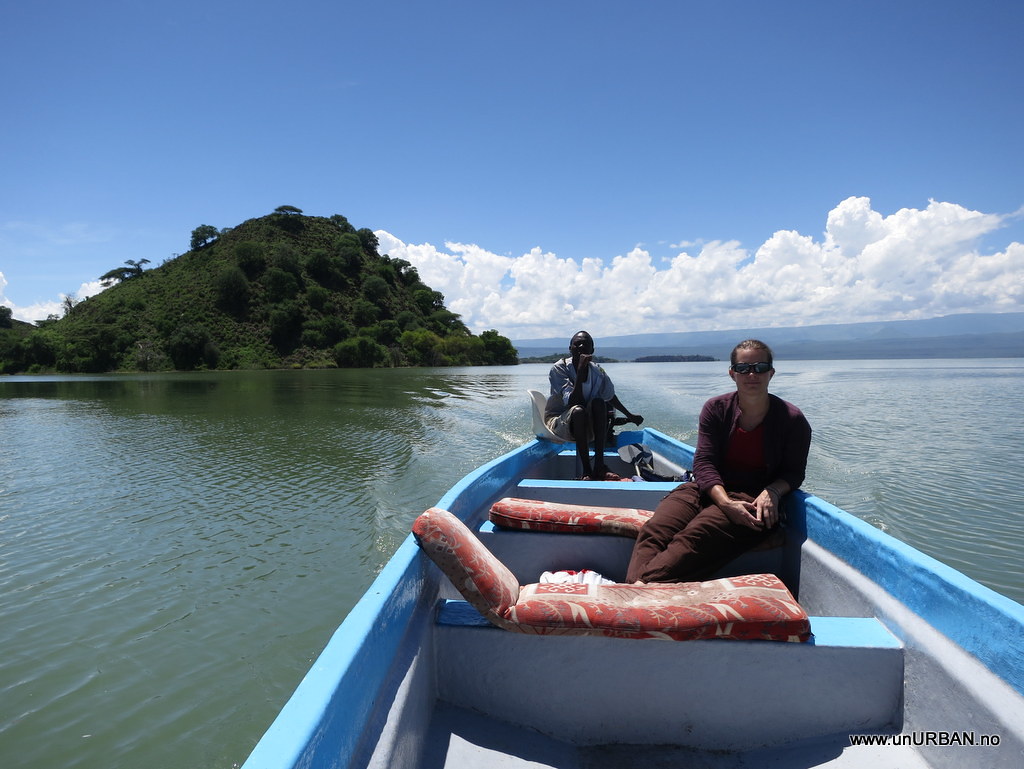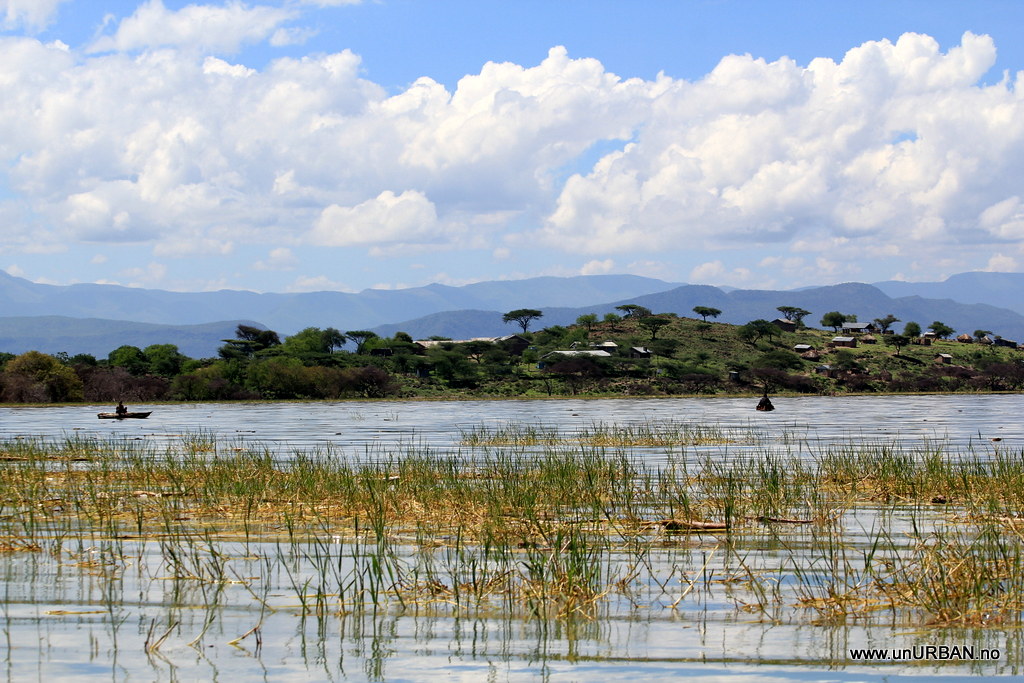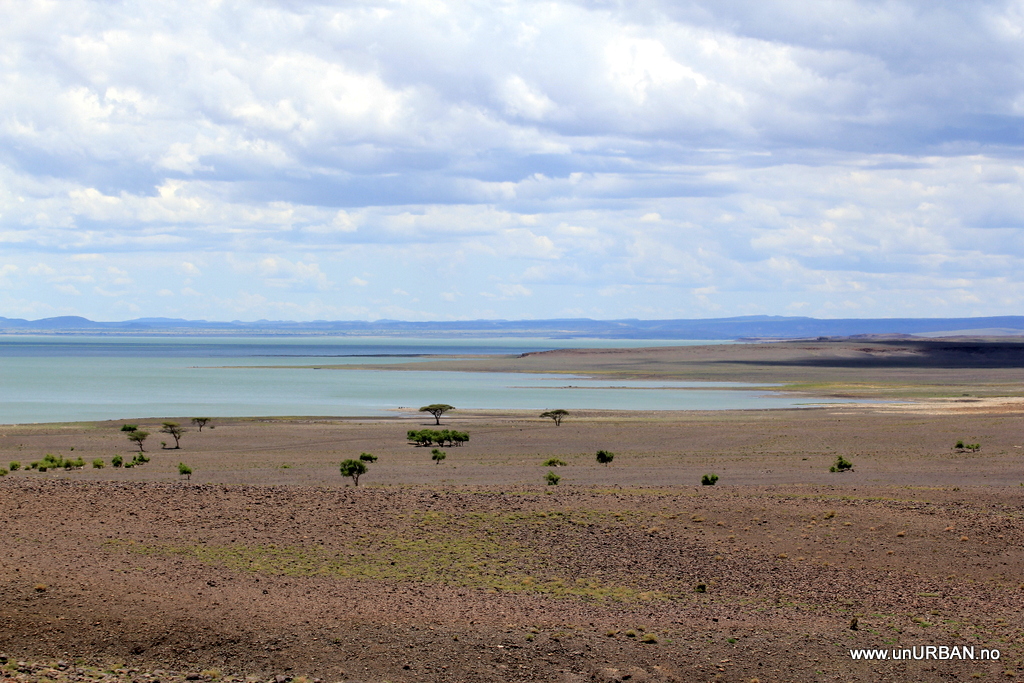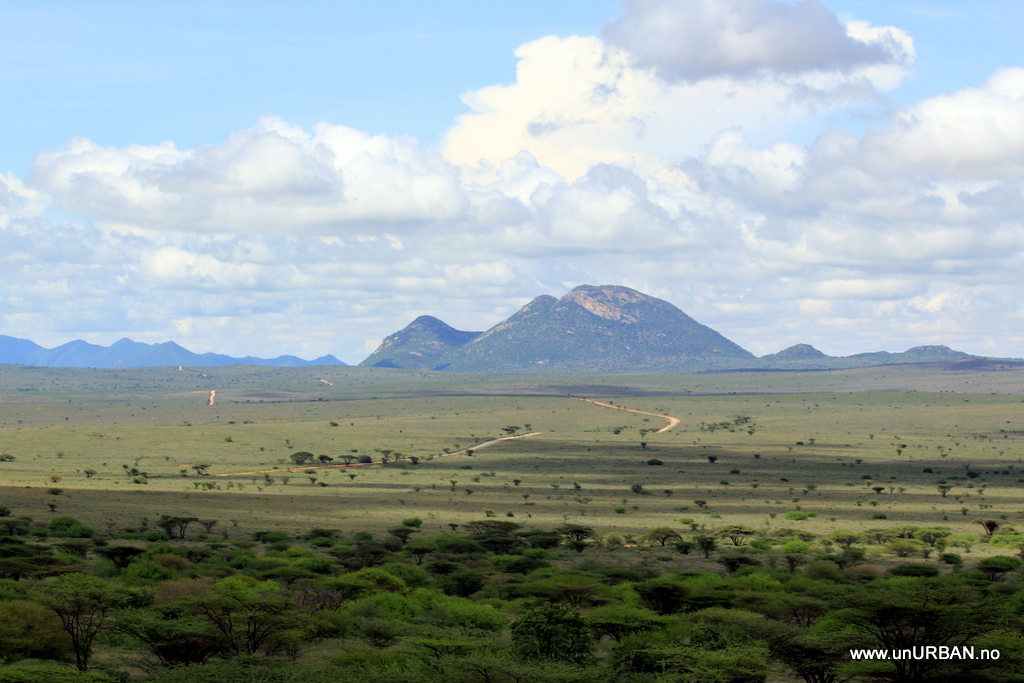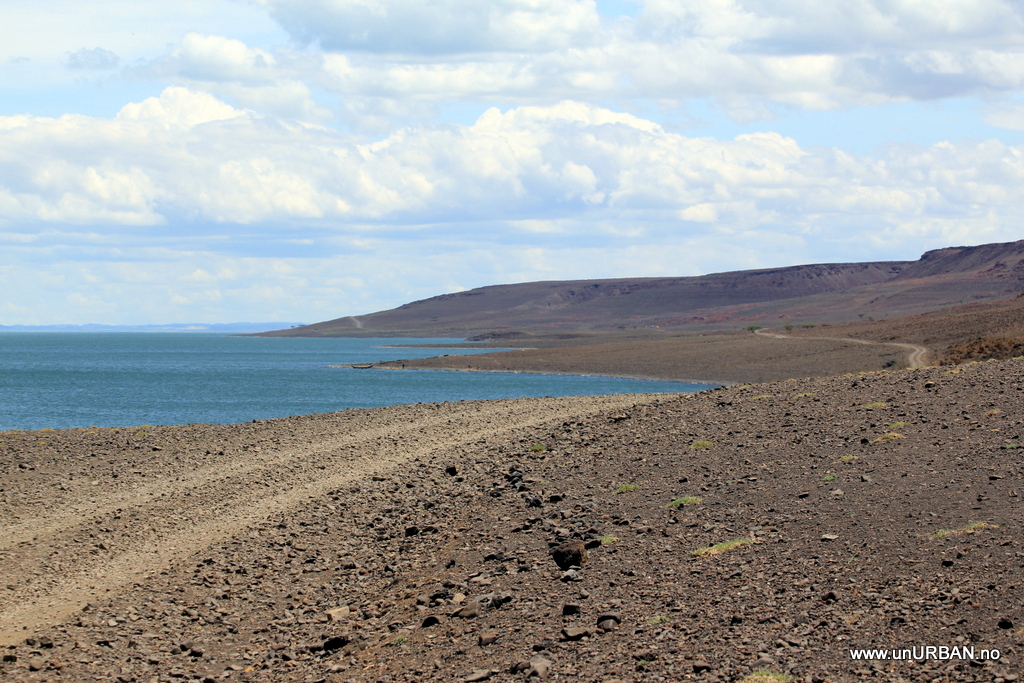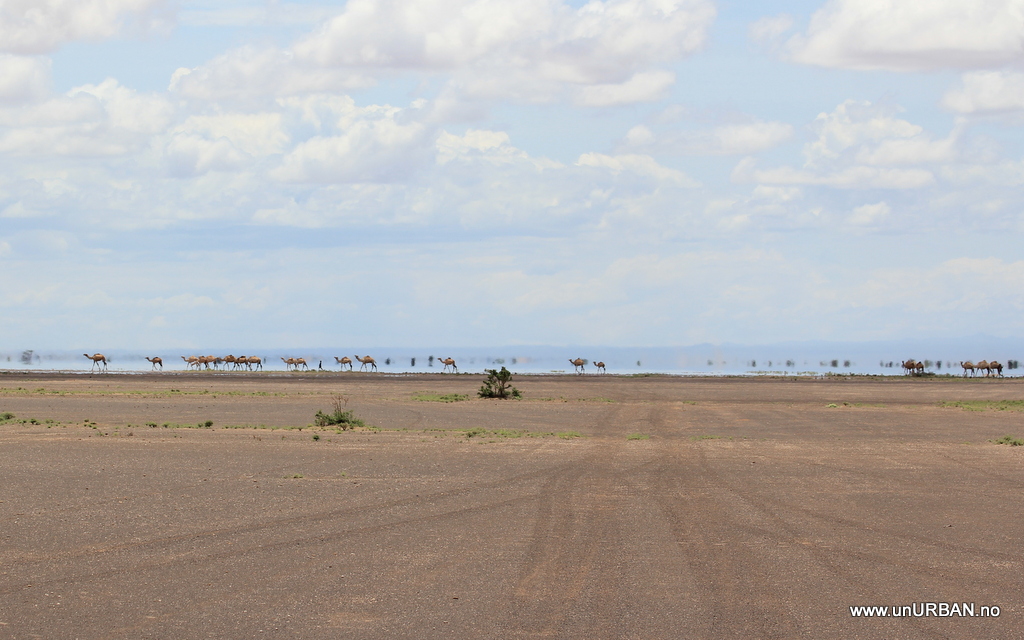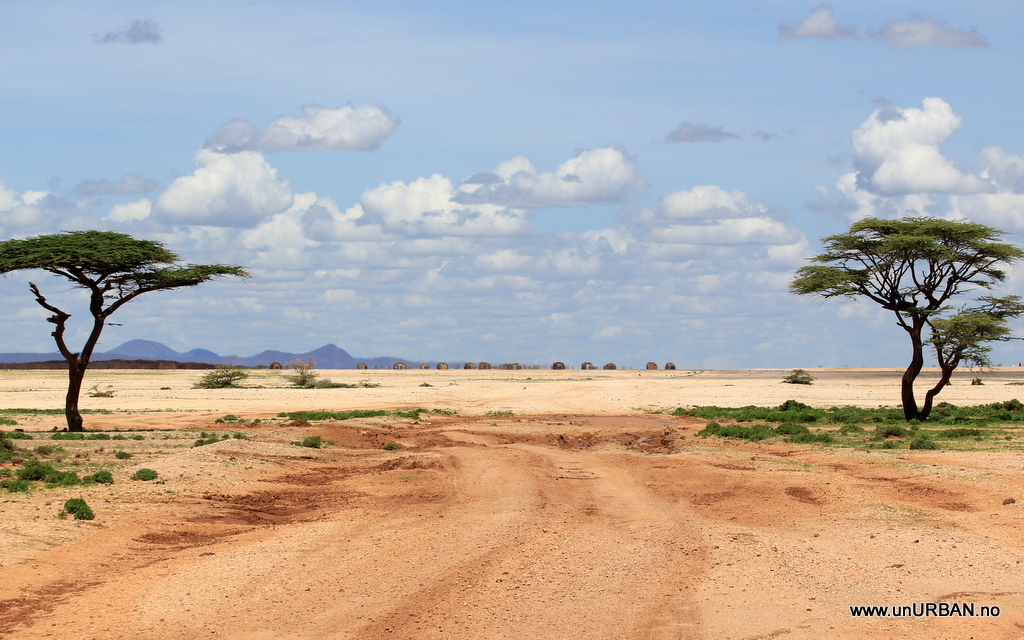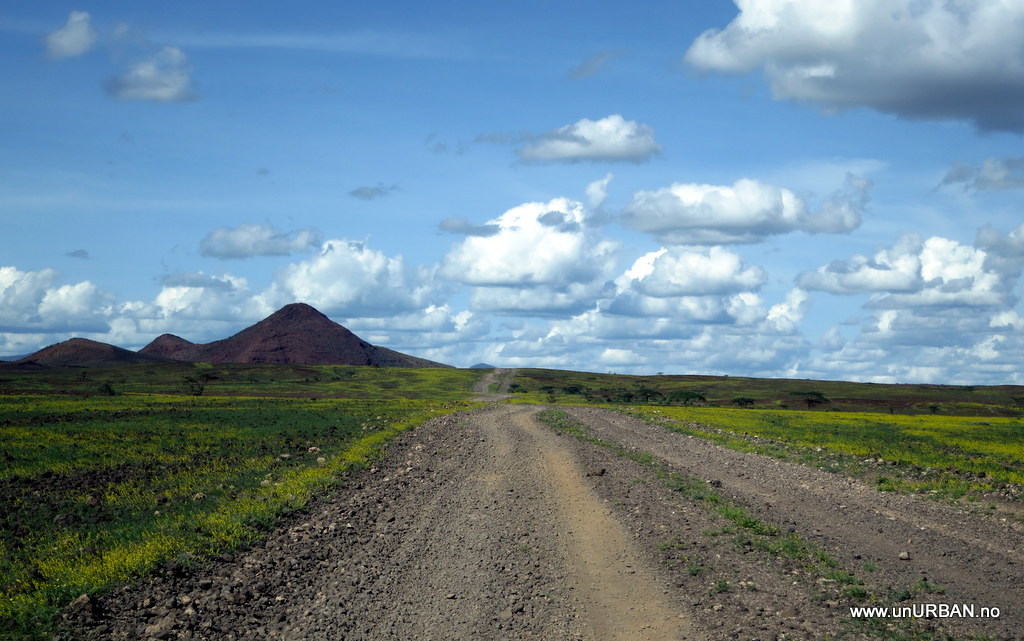Southern Kenya
From Malin’s slide show of rain, you have probably figured out that now is rainy season in East Africa. We knew of course, but decided that this would only make it more interesting. Our first stop after Zanzibar was Manfred’s place in Arusha where we had the Patrol stored, and from there, our idea was to cross into Kenya. Earlier we had also discussed driving west and around Lake Victoria via Rwanda and Uganda, but as we wanted to be at least in Egypt by the start of Ramadan 9th of July, we concluded that this would mean that we had to “rush” through many countries to be there in time. Rwanda and Uganda has to be put on the to-do list for next time…
Anyway, after a couple of days on Manfred’s farm in Arusha in at times heavy rain, we were not longer so sure that traveling in the rainy season would be more interesting. Or, maybe interesting, but definitely not comfortable. A roof top tent is nice, but it is still only a tent, and the mud is really more like a combination of glue and grease. We left Arusha in rain.
On the map the road we that we took from Tanzania to Kenya is marked as a highway. In real life it is a dirt track. Fortunately, it wasn’t too wet when we drove in to Kenya and to through Tsavo West National Park. As it is a public road, there is no fee, and we saw elephants, impalas, giraffes, and other animals along the road. Just after Tsavo West National Park we entered Lumo Wildlife Reserve and Lions Bluff. We had a great camp site with excellent views the first night, and for the second night we got an offer from the lodge we just couldn’t refuse. It is definitely low season. It is a remarkable lodge with an unbeatable location.
We drove around in the Reserve for hours and hours, but as it was raining we were told that the animals normally would hide in vegetation. Others come out to “play” in the red mud.

From the Tsavo area we headed towards Nairobi. This is the highway between Mombasa on the coast and the capital in the inland, and this really is a good road with lots of traffic and trucks. There are also a few police checkpoints along the road, but unlike the police in Tanzania these guys always smiled and greeted us, and waived us through. After almost two months (all together before and after Antarctica) having to stop in almost every single police checkpoint (and there are MANY of them) we were SERIOUSLY fed up with corrupt traffic police leaning in the window telling us some BS about some kind of problem. Most were quite good about not suggesting directly that they wanted some money under the table, but the question “so what do you want to do about this problem?” wasn’t hard to understand. After a little while they realize that we are not going to give them any money and waive us on, but we have wasted a significant amount of time waiting for corrupt police and stories about having to go to court. And the most irritating part is when they finally waive us through, it seems like they have forgot about the whole thing: “…and welcome to Tanzania!! Karibu!” Sure. ******** off! There. I just had to get it out. Sad that this is what you remember best from Tanzania…
A-a-a-anyway! We made it to Nairobi, and as it was getting late, we didn’t want to drive too far into the city center as we’d already been sitting in traffic for an hour before even reaching the outskirts.
We took off towards Karen, an ex-pat area a few kilometers west of the city center. Our GPS took us straight to Karen Camp, where we parked in an inch of water. A huge rain storm had come over Nairobi the last couple of days, and it was water everywhere and the power was mostly out.
Our original idea was to drive north along the “Turkana Route” that takes you through a beautiful, but very remote, area in Northern Kenya. But because it is now the rainy season, and we’d seen how much it can rain and the consequences of this, even in the capitol city, we definitely had our doubts. Harry and Anneka had just came down the “main road” from Moyale via Marsabit, and told us the road was terrible. In the news we heard that the road was washed out several places. We asked and asked, but the answer was always the same: It is probably bad, but you can’t really know unless you actually go there. We’d also done quite a bit of research online to look for fellow overlanders on their way north, but it seems we are the only ones considering this route at the time. Even after couple of nights at Jungle Junction (we were hoping other overlanders would show up..) we weren’t really any wiser when it came to road conditions in the Turkana region. There was only one thing to do. Get in the car, drive up, and take a look for ourselves.
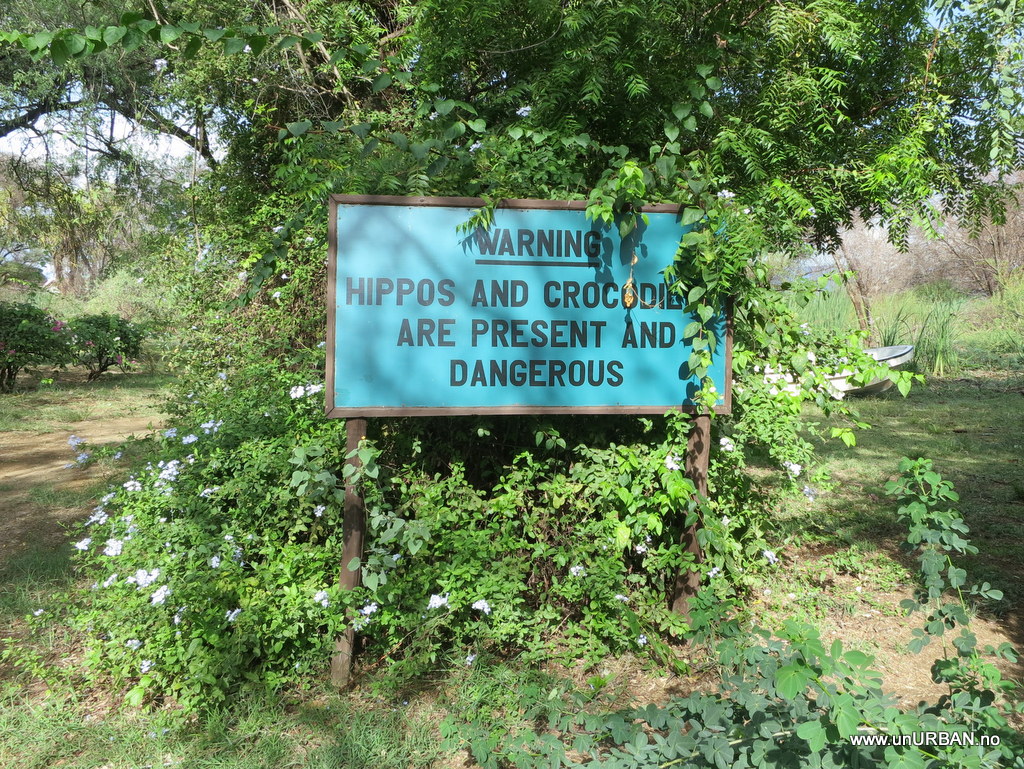
Going north, we took a westerly route, taking us past the Rift Valley Lakes of Naivasha, Nakuru, Bogoria and Baringo. We had one night at a quiet place on the shore of Naivasha, and next day we went up to Roberts Camp at Baringo. On the way here we crossed equator, and the Patrol is back in the northern hemisphere for the first time since Ecuador.
At the gate we were told that they technically speaking was closed, but if we were self-sufficient, we could stay if we didn’t mind having workers around. They were renovating the site. And that, we realized, was absolutely necessary. Not because the place was run down, or anything, but because the lake had risen several meters the last year. They had lost several bungalows, and most of the camping area was gone. They were now cutting down trees and making more space away from the lake.
On Lake Baringo we also booked a boat trip to look at the lake from a different perspective, and we had some very nice hours out on the lake. From the boat we could see that some of the other resorts were even worse off than Roberts Camp.
We had seen on our maps that there was a road going east from Lake Baringo towards Maralal. Maralal is the “last” town where you can find a normal fuel station, and there are also some local tiny “supermarkets”. We had talked with several people coming through Roberts Camp the days we were there (mostly people living in the area), and the reports we got about road conditions were mostly good. Not all, though.. Access to internet gives us weather forecasts on
www.yr.no (they have English page as well), and even if a forecast isn’t too good locally, they can give us an indication about the overall situation for a larger area. With dry weather, the roads would be passable. It was supposed to be good for a while, and further north the roads should be better with a surface of sand and rocks, not the black soil that turns into sticky, slippery mud. We really want to see the Turkana area, so we went for it!
More soon!
Espen

